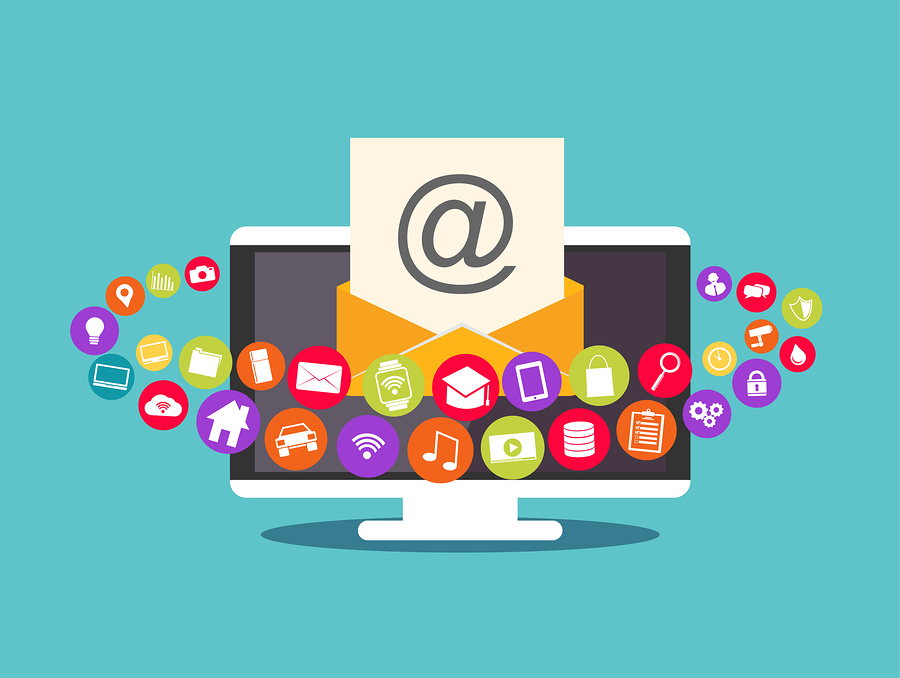
If you are looking for ways to grow your business, you should start by working on your email marketing campaigns. Email marketing is one of the most important aspects of your online business that you need to work on to be successful. But how do you figure out which approaches or techniques you should use to succeed in this?
With so many different ways you can go with your email marketing campaigns, it can be confusing to know which one to use. So it pays to do your homework.
One of the most important things to remember when doing any type of business and marketing online is that it’s much harder to get a new subscriber or customer than it is to create a repeat buyer. With this in mind, always consider the many different options for improving your engagement and ROI with your email list. To help with this process and shed more light on the many different options out there, we found five email marketing case studies that might help. All of these case studies have something to offer online business, brands and ecommerce sites of all sizes, so think about how their results might benefit what you do.
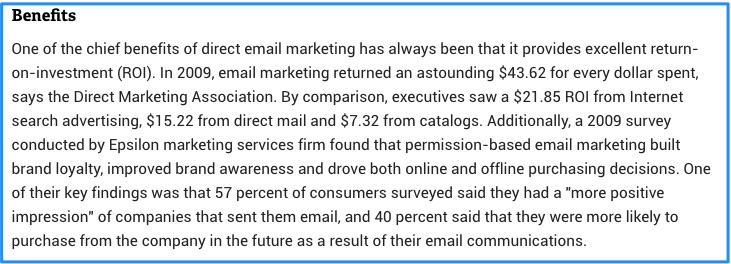
Direct Email Marketing Strategy
This case study was done by the Chron company to focus on the return on investment factor with direct email marketing. In a study done by the Direct Marketing Association in 2009, they discovered that effective email marketing campaigns resulted in a $43.62 ROI for every dollar spent. This is very significant to the online business owner and proves the importance of an effective email marketing plan. An additional case study from Epsilon marketing services discovered that email marketing resulted in brand loyalty and improved brand awareness among 57% of the participants. These are both important aspects of building a business and online brand.
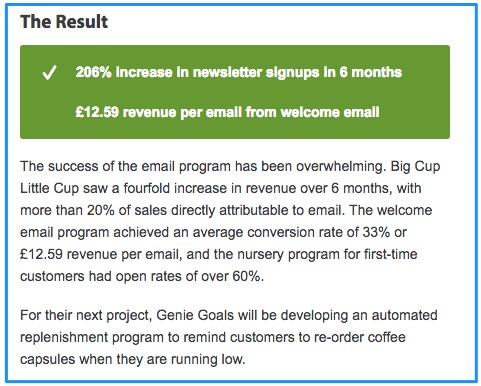
Intelligent Email Marketing
A company known as Big Cup Little Cup conducted a study recently in which they wanted to increase their website conversion rates and increase customer engagement through email marketing, but they weren’t sure where to start. To achieve this, they created a welcome email program for new subscribers that was friendly and straightforward, briefly describing what the company offered. The welcome email resulted in an average conversion rate of 33%. Their emails for first-time customers had open rates of over 60%. Over a six month period, this resulted in a 206% increase in subscriptions.
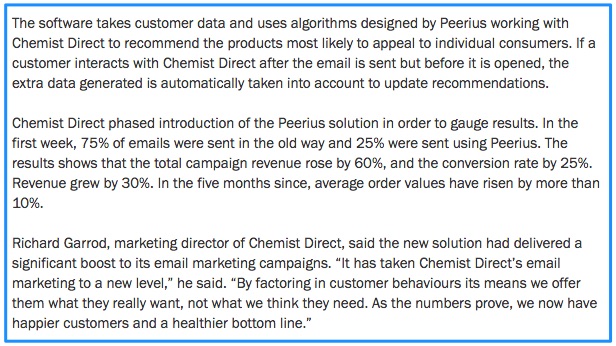
Intelligent Recommendations
One of the best things discovered in this study was the fact that offering directives and intelligent suggestions to others customers resulted in a 30% increase in revenue from their email marketing campaigns. A company known as Chemist Direct worked with a software engineering company to develop software that would offer smart recommendations to their customers that would be helpful to them. They did a split A/B testing experiment to see which was the most effective, sending emails the old way or with the software algorithms. Only 25% of the emails were sent using the new software, but the results illustrated that even a small change could make a big difference. Their total campaign revenue rose by 60%, and their conversion rate rose by 25%.
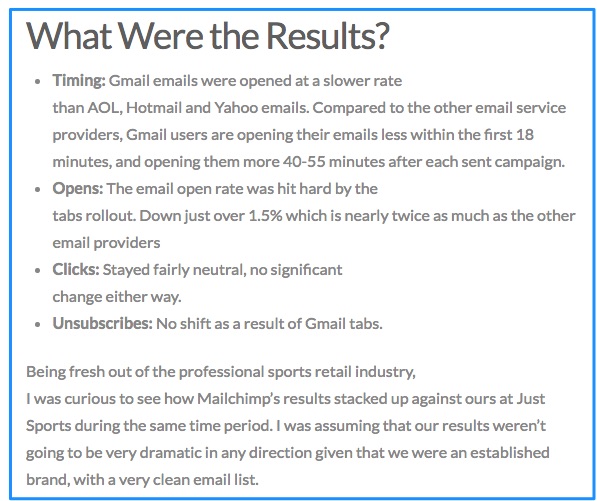
Gmail Marketing Gurus
Gmail marketing was affected by the addition of Google tabs, and this decreased the open rates of some email campaigns that went to Gmail accounts. However, when Stukent, an online publication, looked into this what they found was that, while fewer people were opening the emails, the ones who did were higher quality leads than before. This meant that businesses were able to target more interested prospects for their business than before the tabs. This means that the emails you send to Gmail users may be more effective overall than those sent to other servers such as AOL or Yahoo Mail.

Email More Often to Increase Revenue
Josh Earl, an internet and email marketer, and blogger experimented to see “how much is too much” when it comes to frequency of email marketing emails. He came up with the below stats after six weeks to help him with his research:
- 20% haven’t opened any of the last 30 emails.
- 40% haven’t opened any of the last 10.
- 52% haven’t opened any of the last 5.
Taking this data into account, he decided that this calculated to mean that up to 20% of his email list was tuning him out after six weeks of subscribing. This was based on a daily email schedule that he was sending out every day.
When he lowered the frequency to once per week, he got an increase of 10-12% more open rates. He was about to conclude that he should email less often to get more opens, then he realized that this would detract from the number of people he was reaching over the long run.
While emailing less frequently may motivate more people to open the emails that you do send, you may miss out on a large proportion of your potential audience by emailing less regularly. So he concluded that emailing more often was still better due to the inherent reach you will have by getting information out more frequently.
Simply put, it may just be a matter of staying on the radar of your target audience while trying to avoid bothering them so much they will unsubscribe. Moderation is the key, perhaps to strike a happy medium between too far and not enough exposure to your brand.
People are busy and too many sales messages may result in unsubscriptions. Still, one way to look at it is that unsubscribers may symbolize those people that you probably wouldn’t sell to anyway.
Weed your email lists regularly, consider the frequency of email campaigns and use common sense. Remember you’re not the only one who is trying to get their attention.
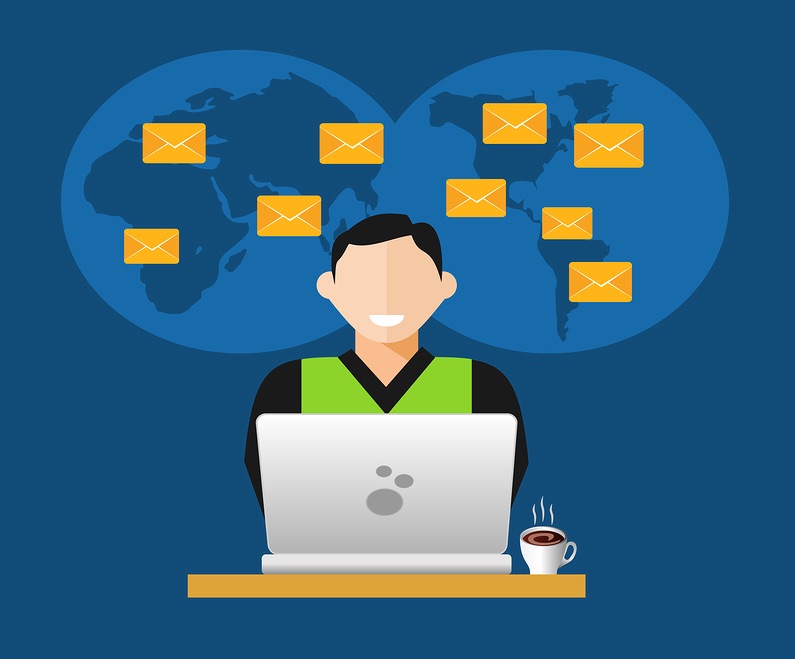
Conclusion
If you look at each of these studies, hopefully, you’ll get some ideas on how email marketing can help your brand. You don’t want to overdo it or bother people too much. But you need to stay on their radar as often as possible to present your products or services. By focusing specifically on what you want to achieve in each of your marketing campaigns, you will come closer to reaching your goals than if your goal is too broad or if you don’t have a clear view of the results you want to see.
Perhaps offering something in addition to your email is a good idea. Consider sending links to coupons, compelling video or media content, or a free eBook that may serve to entice them to take action on your communique.
If you need help brainstorming ideas for your next email marketing strategy, contact us at Afteroffers.com.

We have been helping online business owners for years to establish and maintain their email marketing campaigns and maximize their results. We know what you need to increase your open rate and optimize your emails for the best results, while also reaching new audiences and having a 100% opt-in policy in the process.
In addition to the delivery of leads, we are also working with hundreds of established site owners on a pay-for-performance model as well. If you are interested in expanding your revenue potential, we can also help you set up an email marketing lead generation plan that you can make money from on a regular basis when properly marketed through your site.
Whether you are wanting to increase your response rate to your current marketing campaign or add affiliate marketing to your website, visit with us online for more information.
Afteroffers.com is in the business of helping online business owners reach a new level of success and increase their revenue through more effective email marketing strategies and affiliate marketing strategies.
Contact us to learn more and get started increasing your results now.
